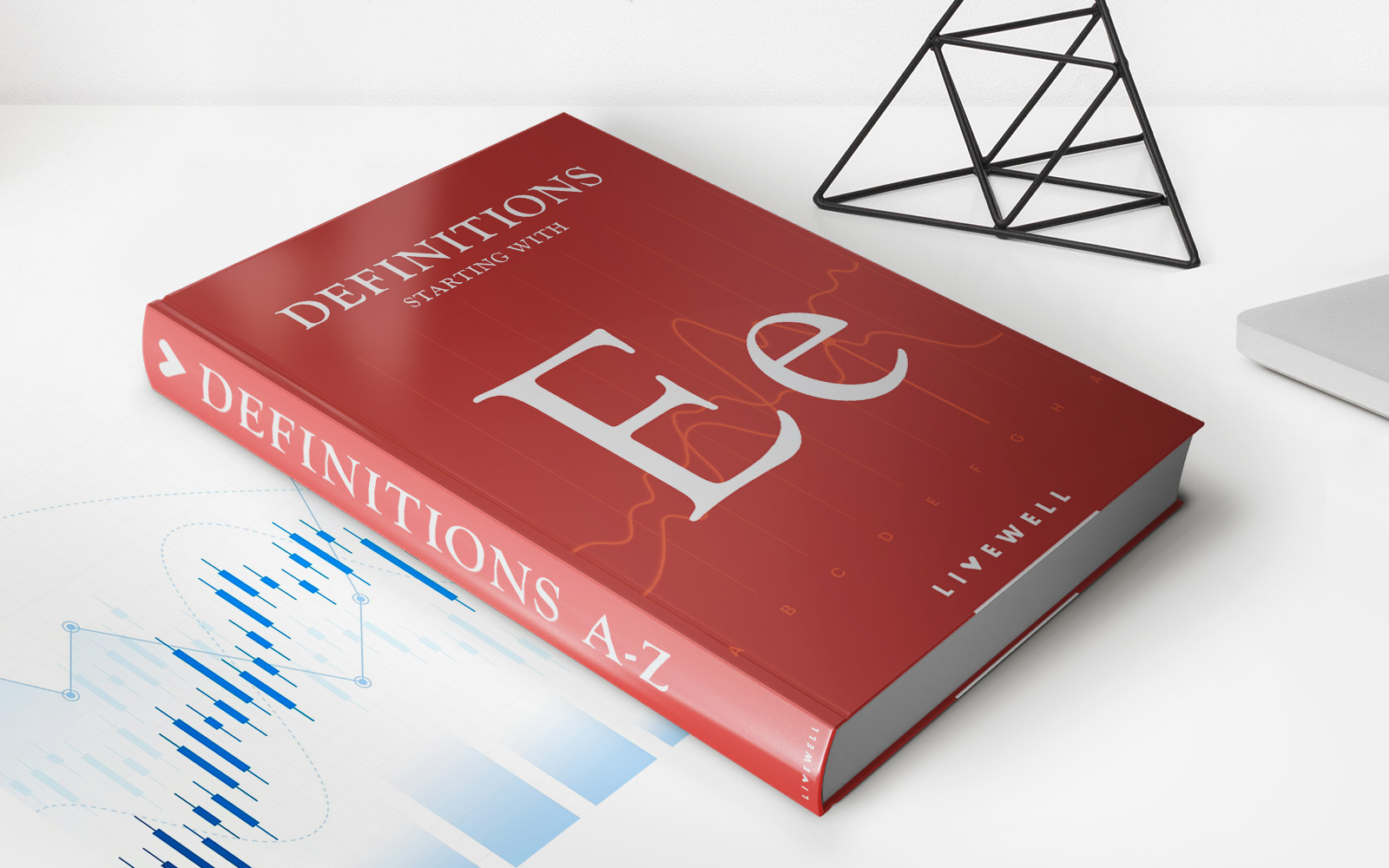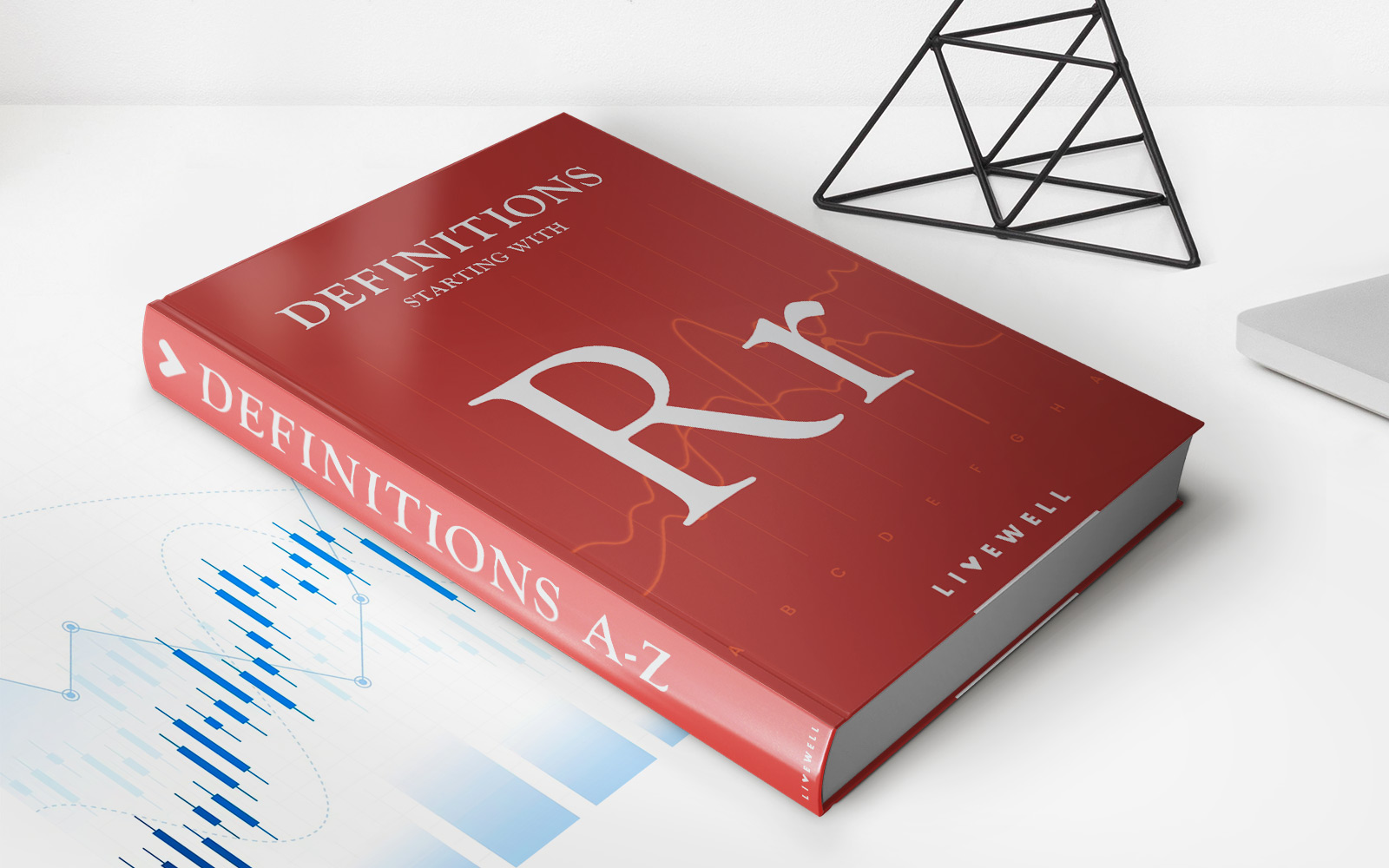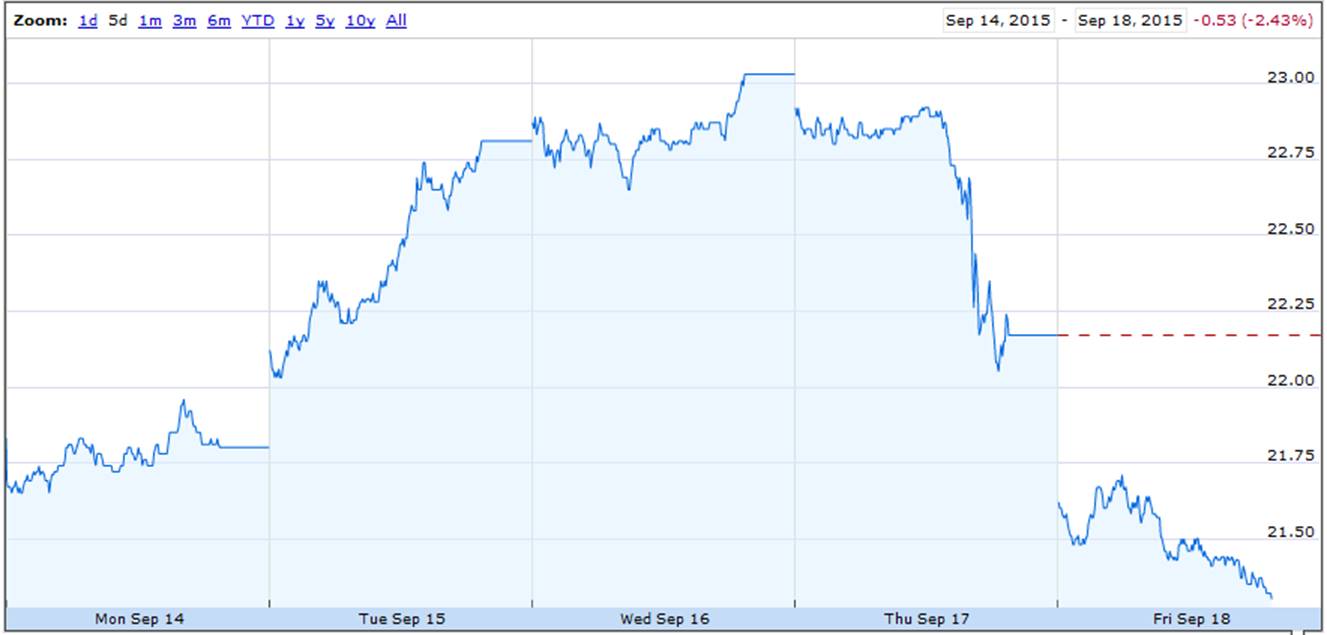Home>Finance>Vasicek Interest Rate Model Definition, Formula, Other Models


Finance
Vasicek Interest Rate Model Definition, Formula, Other Models
Published: February 15, 2024
Learn about the Vasicek interest rate model, its formula, and compare it with other finance models. Understand the intricacies of interest rate modeling.
(Many of the links in this article redirect to a specific reviewed product. Your purchase of these products through affiliate links helps to generate commission for LiveWell, at no extra cost. Learn more)
Vasicek Interest Rate Model: Definition, Formula, and Other Models Explained
Finance is a vast and complex field with numerous mathematical models that help analyze and predict various financial phenomena. One of the well-known models used by financial professionals is the Vasicek Interest Rate Model. In this blog post, we will delve into the intricacies of the Vasicek model, its formula, and compare it with other popular models in the finance world.
Key Takeaways:
- The Vasicek Interest Rate Model is a popular mathematical model used in finance to predict interest rate movements.
- The model assumes that interest rates are mean-reverting and follow a normal distribution.
What is the Vasicek Interest Rate Model?
The Vasicek Interest Rate Model, named after the economist Oldrich Vasicek, is a mathematical model used to estimate and forecast interest rate movements. It is a single-factor model that assumes interest rates are mean-reverting, meaning that they tend to move towards an average level over time. This model was first introduced in 1977 and has since become widely used in finance.
The Vasicek model assumes that interest rates follow a normal distribution and can be expressed by the following formula:
r(t) = r(0) + (θ – r(0)) × dt + σ × ε(t)
In this formula, “r(t)” represents the interest rate at time “t,” “r(0)” represents the current interest rate, “θ” represents the long-term average interest rate, “dt” represents the change in time, “σ” represents the volatility of interest rates, and “ε(t)” represents a standard normal random variable.
Comparing Vasicek with Other Models
While the Vasicek Interest Rate Model is widely used, there are other models that financial professionals also rely upon. Let’s take a look at a few of these models and compare them to the Vasicek model:
- Cox-Ingersoll-Ross (CIR) Model: The CIR model is similar to Vasicek but introduces a square root term to ensure that interest rates remain positive. This model is often preferred when dealing with interest rates that tend to mean-revert more slowly.
- Hull-White Model: The Hull-White model is an extension of the Vasicek model that allows interest rates to be time-dependent. It provides more flexibility in capturing the term structure of interest rates and is often used for pricing interest rate derivatives.
- Black-Karasinski Model: The Black-Karasinski model is another variation of the Vasicek model that introduces a stochastic volatility term. This model is particularly useful when interest rate volatility changes over time.
Comparing these models helps financial professionals choose the most suitable one according to their specific needs and the nature of the interest rates they are analyzing or predicting.
Conclusion
The Vasicek Interest Rate Model is a powerful tool in finance for estimating and predicting interest rate movements. It assumes that interest rates are mean-reverting and follows a normal distribution. However, it is essential to consider other models like the CIR, Hull-White, or Black-Karasinski models when dealing with different interest rate scenarios. Understanding and utilizing these models helps finance professionals make informed decisions and manage various risks associated with interest rate fluctuations.














